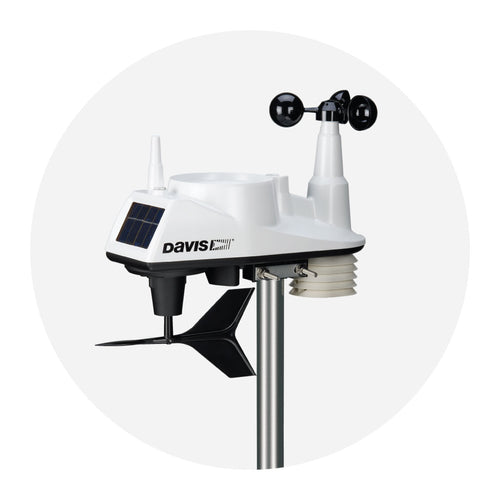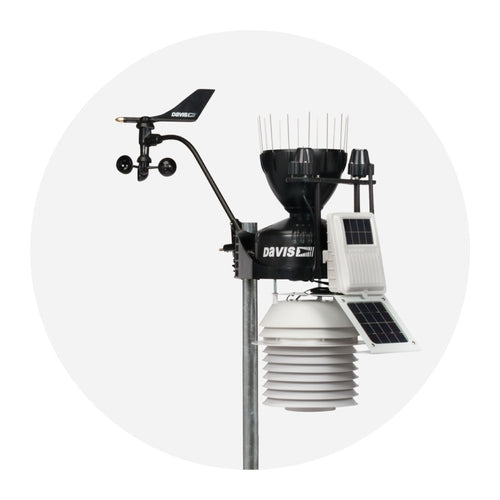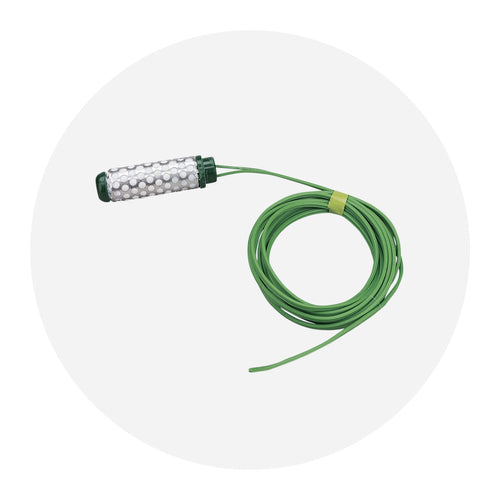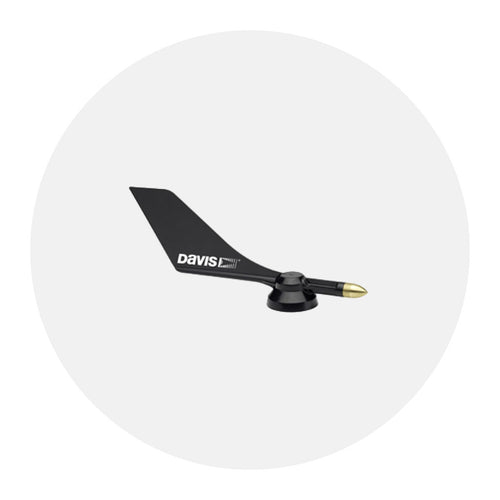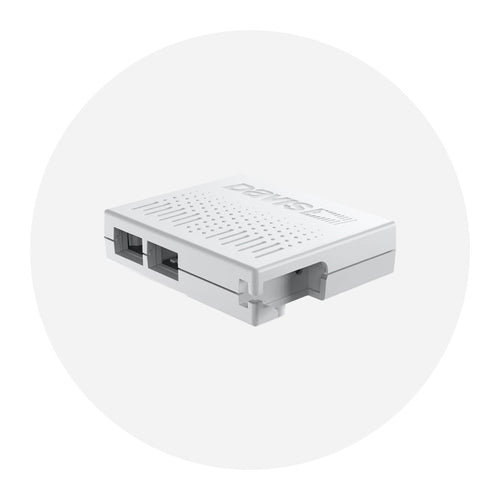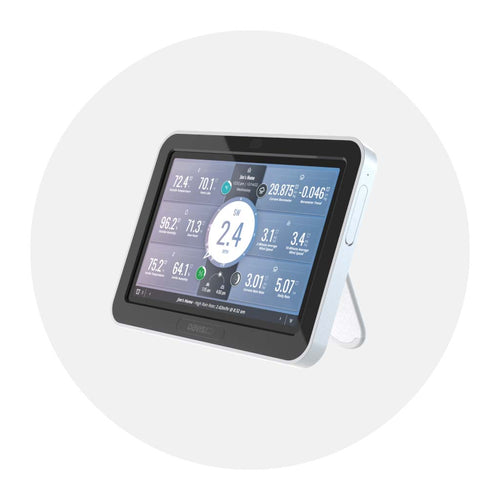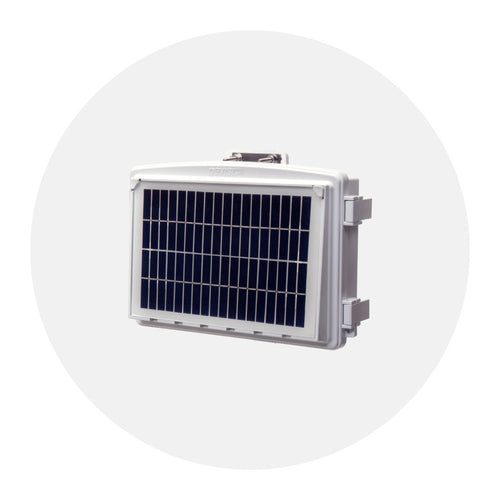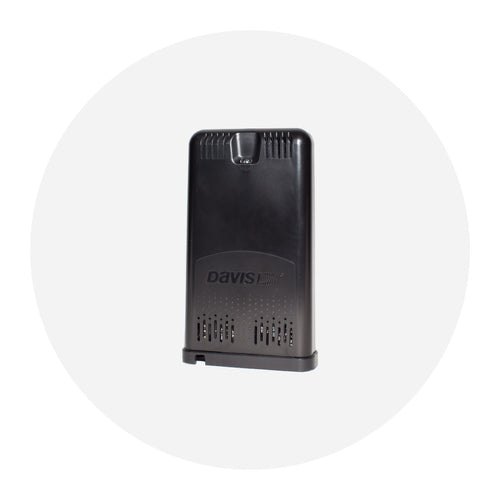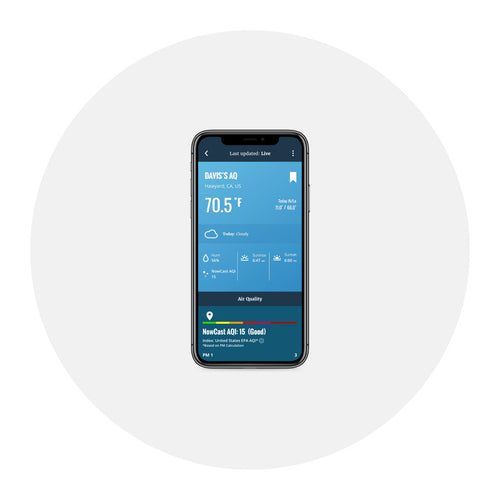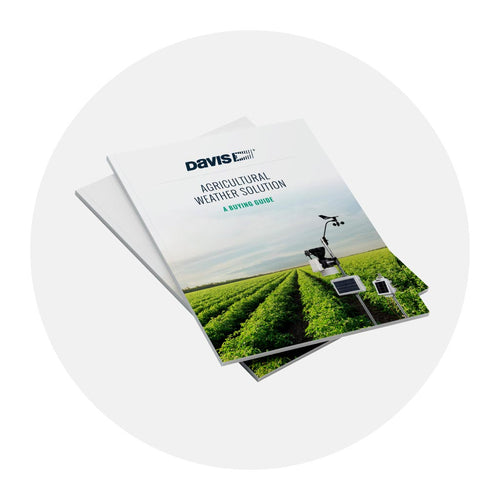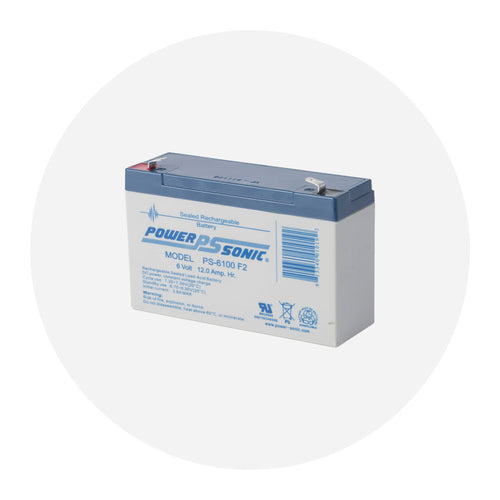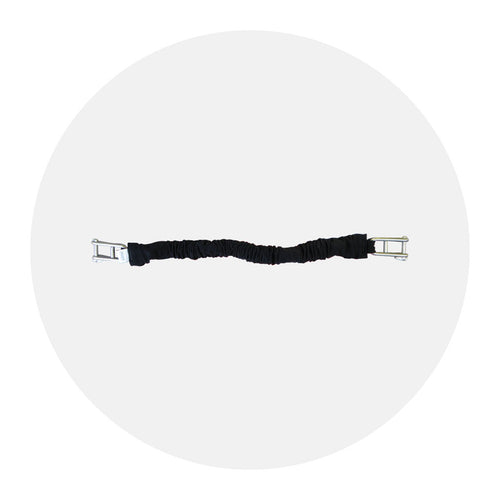
How Four Ridge Orchards Built a Profitability-Boosting EnviroMonitor® System for Free
Four Ridge Orchards Inc. in Laurel, Oregon is a 500-acre family farm that’s been operating in various capacities for almost 150 years. Like many growers around the country, fifth generation farmer and operations manager Dan Brown has embraced the challenge of modernizing an operation that was largely run on intuition by previous generations.

This growing season, Dan’s taken a big step forward by installing an EnviroMonitor system to help him manage irrigation for his hazelnuts. By deploying weather and soil moisture sensors in the field, he’s been able to reduce water use and save a ton of money on electricity. The best part? The cost of Dan’s system was completely covered by an NRCS Environmental Quality Incentives Program (EQIP) grant. Davis AgInsiders can continue reading below to find out…
- What Dan’s EnviroMonitor system looks like and entails
- How Four Ridge Orchards is turning moisture monitoring into major savings
- How Dan secured grant funding to cover the cost of EnviroMonitor (and you can too!)
How Four Ridge Orchards rolled out EnviroMonitor
Dan began his crop monitoring pilot with a Vantage Pro2™ GroWeather® Sensor Suite, an EnviroMonitor Gateway, and seven sensor nodes. Each sensor node is fitted with three soil moisture probes, and some have monitor soil temperatures as well.

The nodes are spread out in a grid-like fashion over 70 of his 500 acres to offer hyperlocal insights into moisture variation across the orchard. The GroWeather station is located centrally to provide reliable information on real-time temperatures and wind. Right now, Four Ridge is mostly focused on soil moisture monitoring, but Dan indicates they may be looking to uncover even more insights in the future.
“One thing I really like about the Davis system is the compatibility with such a wide range of sensors,” he says. “For example, I have a leaf wetness monitor that I still need to install. There’s a lot of interesting data to pull that I haven’t put to its full potential yet.”
How Dan’s in-field monitoring system is protecting profits
Growing nuts requires a great deal of water, and maintaining a profitable orchard means using resources well. Dan’s goal was to know exactly when given sectors of the orchard required water to trigger irrigation and then recognize when the soil was approaching saturation to avoid over-watering.
“It’s so important to time irrigation quantities. Before, we were guessing or just probing soil with a shovel,” he says.
Now, using the Mobilize App, Dan has established a dryness threshold and a moisture threshold, both with alarms, for each of his soil moisture probes. Now, when he gets a dry soil alert for part of the orchard, he can irrigate in a hyperlocal fashion that focuses resources where they’re needed. When the probes tell him the soil is adequately moist, he cuts off the water to prevent waste and disease.
“When it gets below a certain threshold for moisture, we’ll irrigate, and then try to time irrigation quantities to avoid over-saturating. The goal is to maintain an ideal range of moisture, so the crops can grow without being saturated, which causes root fungus diseases and anaerobic conditions.”

In addition to optimizing use of water resources, Dan’s also using less electricity.
“We use a well, so there’s an electricity cost associated with pumping,” he explains. “This has created fairly significant savings for us.”
How Dan got funding through the NRCS for monitoring (and you can too)
Dan purchased and maintains Four Ridge Orchards’ EnviroMonitor system at almost no cost thanks to a grant from the USDA’s Natural Resources Conservation Service (NRCS). Their Environmental Quality Incentives Program (EQIP) provides technical and financial assistance to agricultural producers and forest landowners to address natural resource concerns.
For farmers and growers, the EQIP program offers individualized grants to fund projects that help solve on-farm resource issues, like use of water. That’s how Dan was able to secure funding to rapidly modernize his family farm with an in-field monitoring system.
“Local NRCS offices are woefully under-utilized, and they’re looking for people to use their services. Their funding rates are pretty good,” Dan explains. “Contact your local NRCS office, tell them you want to do soil moisture monitoring, and they’ll help you apply. If you qualify, you’ll get funded, and you can transition toward researching and selecting the right system.”
EQIP grants are a highly collaborative process between the NRCS and each individual farmer that applies. To earn the grant, farmers and NRCS reps must develop a custom conservation plan that outlines specific practices and technologies that will lead to cleaner water or air, healthier soil, or better wildlife habitat. The goal is always for conservation to work for the grower, meaning that the program isn’t just funding environmental initiatives; it’s helping farmers improve operations.
If you’re interested in following Dan’s advice and connecting with NRCS representatives, you can find your local USDA Service Center here.
Start your farm’s EnviroMonitor transformation today
Looking to take the next step into the era of smart agriculture? Davis Instruments is here to help! Our EnviroMonitor system is specifically designed to help farmers upgrade their approach rapidly and in a way that’s perfectly scaled to their budget, operation, and goals.
We also appreciate the realities of farming in today’s environment and understand how important it is to deliver solutions that are cost-effective and deliver a tangible return on investment. Our agriculture specialists are experts at helping growers of all kinds identify their specific monitoring needs and areas for growth.
If you’d like to learn more about in-field monitoring, EnviroMonitor, or how to make your EQIP grant application as powerful as possible, it’s time to sit down for a personalized consultation.
In the face of escalating environmental risks, AEM is the essential source for insights on weather, climate, lightning, floods, wildfires, water management, and more.
Learn more about AEM and all of our solutions here.


